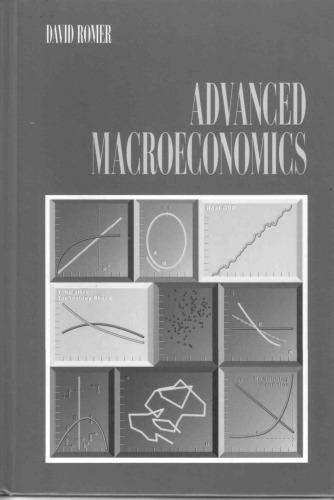7.6. Consumption of durable goods. (Mankiw, 1982.) Suppose that, as in Section 7.2, the instantaneous utility function
Question:
7.6. Consumption of durable goods. (Mankiw, 1982.) Suppose that, as in Section 7.2, the instantaneous utility function is quadratic and the interest rate and the discount rate are zero. Suppose, however, that goods are durable; specifically. C = (1-8)C-1+ E, where E, is purchases in period 1 and 0 8 < 1.
(a) Consider a marginal reduction in purchases in period t of dE. Find values of dE and dE such that the combined changes in E. E and E leave the present value of spending unchanged (so dE, + dE++1+de+2 = 0) and leave Cr. unchanged (so (1-8dE, +(1-8)dE(+1 + dE+2 = 0).
(b) What is the effect of the change in part
(a) on C, and C.1? What is the effect on expected utility?
(c) What condition must C, and E[C] satisfy for the change in part
(a) not to affect expected utility? Does C follow a random walk?
(d) Does E follow a random walk? (Hint: write E-E- In terms of C. - C+-1 and C-1 C-2) Explain intuitively. If 6-0, what is the behavior of E?
Step by Step Answer:







